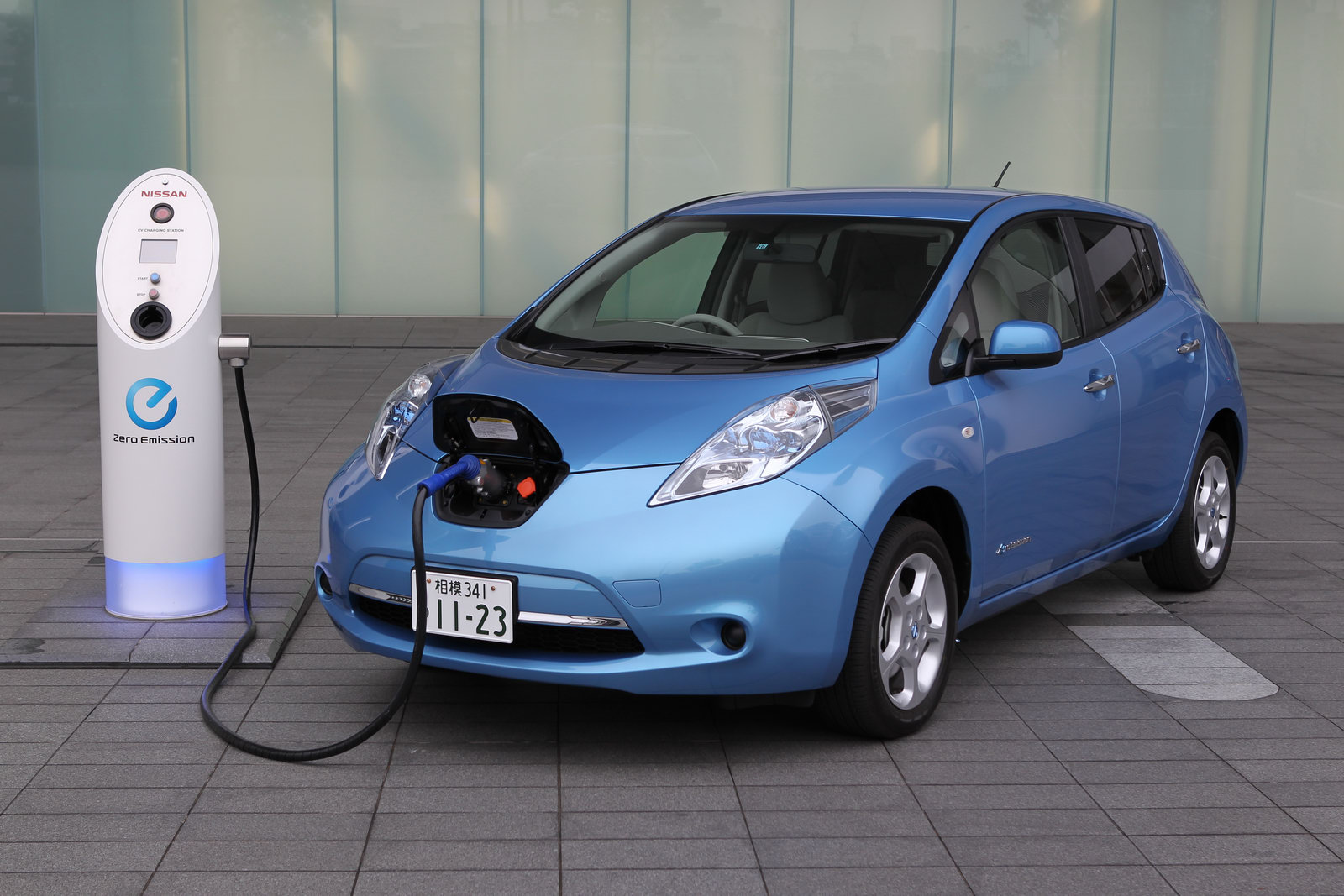A string instrument bow is a wooden stick with horsehair on it. It actually resembles a bow [and arrow] when you look at it - there's a bendy wooden arch that stretches some string/hair. You hold it at the heavier bit (the "frog") and you pull it along the string. It's really hard to make a good sound like this (I've been trying for ages). However, once you get it, it projects and yields a sustained, beautiful tone. But that never happens. Here follows the fiddly (ha) mechanism at the root of your never ending frustration.
To make sound, the grippy rosined horsehair first grabs the string and pulls it to one side, in the direction of the bow's travel (as if someone were pulling the string to pluck it with her finger). The string liked where it was before the bow started pulling it, so it resents this displacement. At some critical point, the string gets fed up and its tension causes it to break free from the hair (as if the finger that was holding the string before now releases it). The string then vibrates at its natural frequency - that of whatever note you're playing on the instrument. Simple enough. The bow displaces the tensed string and releases it, just like a finger plucks a string.
Except the bow's job isn't done. A bow grips, displaces, releases and re-grips a string hundreds, even thousands of times a second depending on the frequency at which the string is vibrating. This is why sound from a bowed stringed instrument can be loud and sustained, as compared with plucking.
However, bowing a stringed instrument is Really-with-a-capital-R hard. You have to apply the correct amount of pressure with the precise bowspeed to make the sound you want. Roll, pitch and yaw are also important - each one can change the sound you're getting as it varies the amount of hair in contact with the string. As you get farther away from the frog, the natural weight of your right hand combined with the heavy frog lessens and you have to compensate by applying a very specific amount of torque to the stick via your right pointer finger, pivoting against your thumb. It's actually a lot to think about and it takes years of practice to iron out all the nails-on-chalkboard squeakiness. I'll let you know if I ever get there.
Many string players underestimate the importance of a good bow - they spend all their money on a violin/viola/cello that fits them perfectly, and they settle for whatever is available when it comes to bows. A good violin (or whatever) can give you loud projection, good feedback and a lot of colors to play with. A bow, however, doesn't just change your sound - it changes you. A good cello might give you a tone made from honey but a good bow inspires you to shape every note as if it were a beautiful tree in a massive forest for which you are Chief Executive Landscaper. Good bows feel agile, responsive and predictable. Good bows are rare and they jump out at you from nowhere.
Rosin is important, too, and it all comes down to preference - how grippy it wants to be, how thick, how sticky it is when it inevitably gets on your left fingers and on your fingerboard, dagnabit. Applying a small amount of rosin frequently (2-3 swipes every hour of playing, depending) yields more consistent results as compared with gobbing it on infrequently.
There used to be this brand of rosin called Tartini Green. They made the best cello rosin in the world. Then they got shut down for some reason or other. I still have a sliver of Tartini Green left in a sealed box in my room, along with a few other precious trinkets. I figure maybe someday I'll get someone to chemically re-make it, if that's even possible. Or maybe I'll just keep it for myself. I'm sentimental like that sometimes.
Anyhow, after Tartini went belly-up, rumor had it that another company had taken their formula and was making the same stuff again. Of course I immediately found the stuff in question - Andrea "A Piacere" green solo rosin - and tried it out. I'm happy to say it's good - but I don't think it's Tartini Green. Then again, the last time I played with Tartini Green was at least six years ago, so my comparison might not be the ideal scientific measure.
Back to bows - since this blog is about me, me, me, I might as well give you a brief history of the all the bows I've had since my first full-sized one, which is about as far back as I remember.
My First Full-Sized Bow. Yeah, I remember absolutely nothing about this one, my parents bought it for me with my first full-sized cello. It worked fine, I guess.
That Dark One Over in the Corner. I put far more thought into my second full-sized bow. I tried every bow at every Houston luthier I could find, including a place called the Houston Bow Shop (they're hard to find online behind all the archery results, but they're there). Finally, at a place called Lisle Violin, I found the one for me - the bow that would take me so far in playing. It's a dark bow. Very light, reasonably rigid. It was ideal for the technical passages that I wanted to boss through. Lisle didn't seem to know what it was and frankly, I never followed the names of all the makers - this was in the days before the internet and I don't much care for name-following in the first place. To my indifference, I soon forgot the name etched into the side of the frog that would later give me quite the surprise.
The Guthrie. Fast forward a couple years to 2007 - I had moved to England and was passively shopping around for bows at a place in Wales called Cardiff Violins (they are fantastic, if you ever get the chance to visit them - great people and a great selection of instruments). I wasn't really sure what I was looking for but I felt confident that I would know it if I found it. I found it in the sheer rigid predictable perfection that is my Lee Guthrie bow. To this day, I've never played another bow that is so easy to use. I had never heard the Guthrie name before but when I took this bow to my teacher at Bowdoin the following summer (Peter Howard), his eyes lit up with recognition. Here I had been all the way to Wales and picked up this bow that, as it turns out, was made by a former civil engineer in the same place where I was made - St. Paul, Minnesota. Pretty cool.
Elias Guasti. Another couple years passed. I had bought a new cello from Reuning Violins in Boston (another wonderful shop) and while I was happy with my Guthrie bow, I really wanted to find one that matched particularly well with my new instrument. So I did the rounds - checked out every instrument shop I could - until I found a very special-sounding bow once again at Cardiff Violins in Wales (the same place where I had gotten the Guthrie a few years prior). This bow, a very late product of Elias Guasti, wasn't as predictably easy to play. It was a little lazier, a little more spontaneous when you put it to the string - but something about it pulled a special sound out of Mira that I could only vaguely imitate with other bows. What's more is it inspired me to think more about my tone, which (as I discussed earlier) is a very important trait for a bow to have. So I bought it. Snag: I only have room for two bows in my case. The Guthrie occupied the coveted right-side pocket and The Dark One was spare. I figured I'd have to leave one in my room so for the first time in years, I pulled the dusty old Dark One out of its pocket and had a look - what was the name of who made it again? To my astonishment, it also bore the (extremely feint) "E GUASTI" name on the side. On two separate continents separated by several years, I had somehow picked two brothers - one young, one old - out of a crowd of hundreds (if not thousands) - and for completely different reasons. The Dark Guasti I picked because it was light and easily flicked, fun and carefree. The later Guasti (also dark-ish, I guess) I picked because it made this subtle but important impact on my sound. Kinda spooky. To this day I usually play the Guthrie when I just want to play for myself but when I'm planning on doing a lot of extra work to make a performance truly exceptional in terms of tone quality, I'll break out the newer Guasti and practice it for a looong time until I get used to its quirks. My obsession with knowing my right-hand technique backwards and forwards as it applied with this particular bow may or may not have contributed to a small stress fracture in my right second metacarpal bone in summer of 2012 but we'll leave that adventure for another blog post.
The Impulse-Bought Carbon Fiber Bow from Amazon. I always half-wanted a carbon fiber bow. It'd be cool because I wouldn't have to lose my mind over humidity or worry if I'm taking care of it properly (the hair still expands and contracts with humidity a bit but fmeh meh feh fmeh). On the other hand, I'd heard from everyone that they're just not very good for playing and you get what you pay for. A bow for a reasonably serious college student might run $3,000 but the CF bows can be magicked to you from Amazon Prime for as little as $30 if you nab them on sale. I had this Amazon-must-be-used-for-everything mentality in my junior year of college so I decided what the heck, cheaper than a rehair (which my "proper" bows both needed), worst thing that could happen is it would be bad. Surprisingly enough, it's actually quite good! For all this talk of "good response" and "special tone" and predictability and whatnot, you can get a perfectly capable bow for less than a rehair. This particular CF bow is almost totally neutral in every way - not too bouncy, nor too lazy, reasonably predictable and just sort of average-feeling. It's consistent between playing sessions and it even sounds A-OK in the few performances in which I have dared to use it. The cool thing about a bow like this is because it's so neutral, it allows you to focus on your technique. Ricochets? Average. Sostenuto? Average average average. Legato? At the midpoint between every other bow I've ever played. If you're short on cash, buy a bow like this and go spend that other ~$2,950 on lessons or time off work to practice.
The Baroque Bow. The Music Department was gracious to loan me a snakewood Baroque-style cello bow for me to use in their Baroque Cantata class, for which I would be playing mostly continuo cello parts. If you've never tried it, it's really cool to see what that kind of bow nudges you into doing. It can be played like a modern bow, but it's very easily flustered in faster off-string passages. It feels kind of like trying to put the family truckster around a technical racecourse - lots of rolling, lots of bouncing around and not a whole lot of control (entertaining, though). There's more of a definite bias toward the lower half of the bow and the sound feels denser overall - I've heard that's because the snakewood is physically much denser than pernambuco wood, if that makes any sense. It loans itself nicely to continuo playing - emphasis at the starts of notes, plenty of time to plan out the perfect distribution and bowing patterns to match vocalists' consonants, etc. I wouldn't play a concerto on it but playing old continuo parts can be challenges unto themselves. Thanks to the aforementioned traits, the Baroque bow also complements certain interpretations of the Bach solo cello suites if you plan it out right.
These are my assorted ramblings and I'm afraid I haven't got much of a conclusion from all my experiences with bows. Play every bow you can get your hands on, pick the one you like most - the price won't tell you if it's good or not. Buy one that will inspire you to play it and somewhere in those hours in the practice room when you're feeling beat up, maybe you'll look down at that stick in your right hand and figure "at least this ol' thing hasn't given up on me yet."
 Just stumbled across this fabulous post about the Tesla Model S, written by the author of The Oatmeal.
Just stumbled across this fabulous post about the Tesla Model S, written by the author of The Oatmeal.













 Refineries, power plants, chargers, relays, ports, ships that carry barrels of crude oil across the Gulf - this is a big category for the refining and distribution of automotive-grade gasoline, as well as the generation and transfer of electric power using various source fuels (coal, LNG, solar, tidal, nuclear, etc.). This is also extremely difficult to estimate and you have to view the efficiency of different fuels in terms of opportunity cost and scale - that's a topic for a different post, so we'll just use worst-case estimates for now to get a lower-bound estimate of the efficiency of EVs over internal combustion vehicles.
Refineries, power plants, chargers, relays, ports, ships that carry barrels of crude oil across the Gulf - this is a big category for the refining and distribution of automotive-grade gasoline, as well as the generation and transfer of electric power using various source fuels (coal, LNG, solar, tidal, nuclear, etc.). This is also extremely difficult to estimate and you have to view the efficiency of different fuels in terms of opportunity cost and scale - that's a topic for a different post, so we'll just use worst-case estimates for now to get a lower-bound estimate of the efficiency of EVs over internal combustion vehicles.


